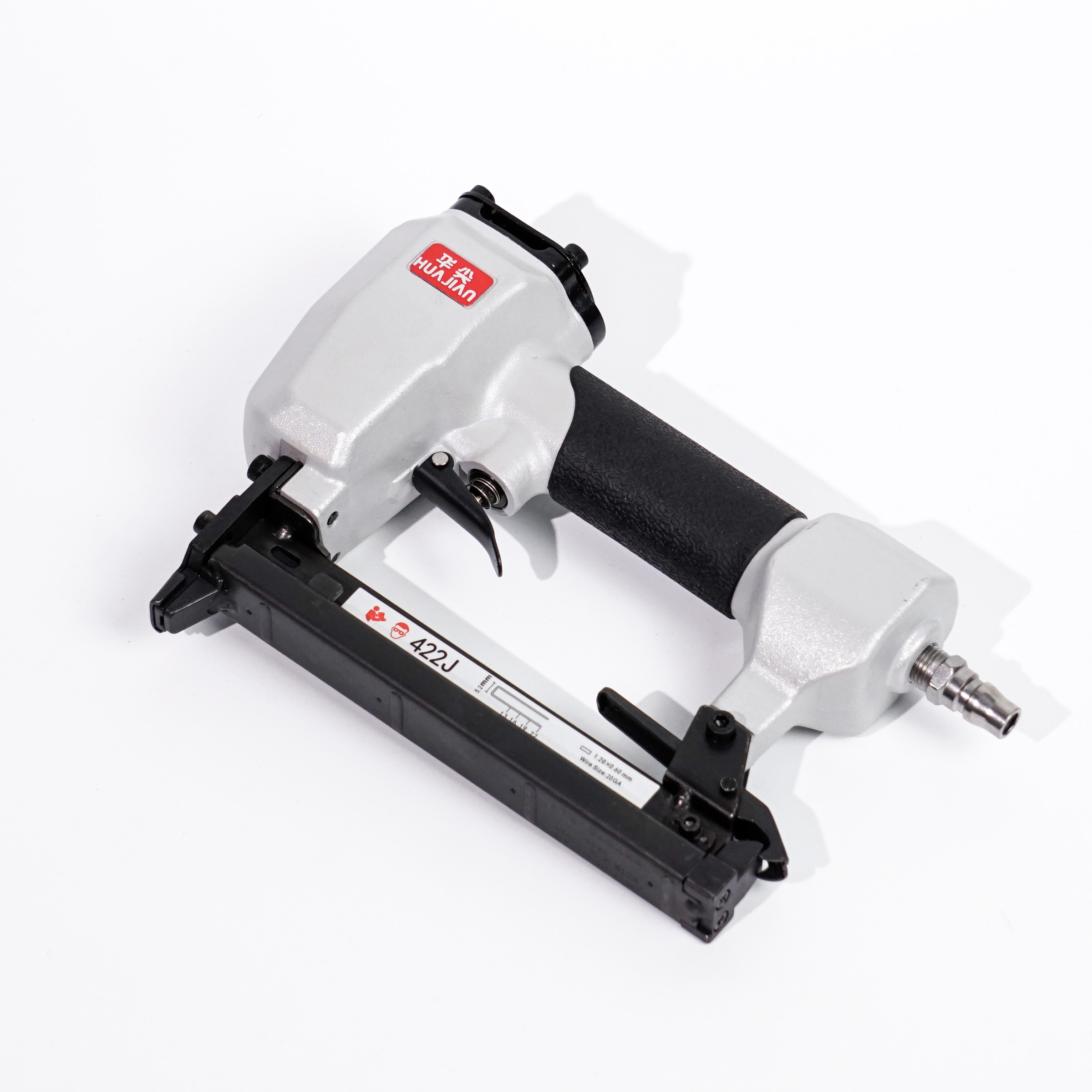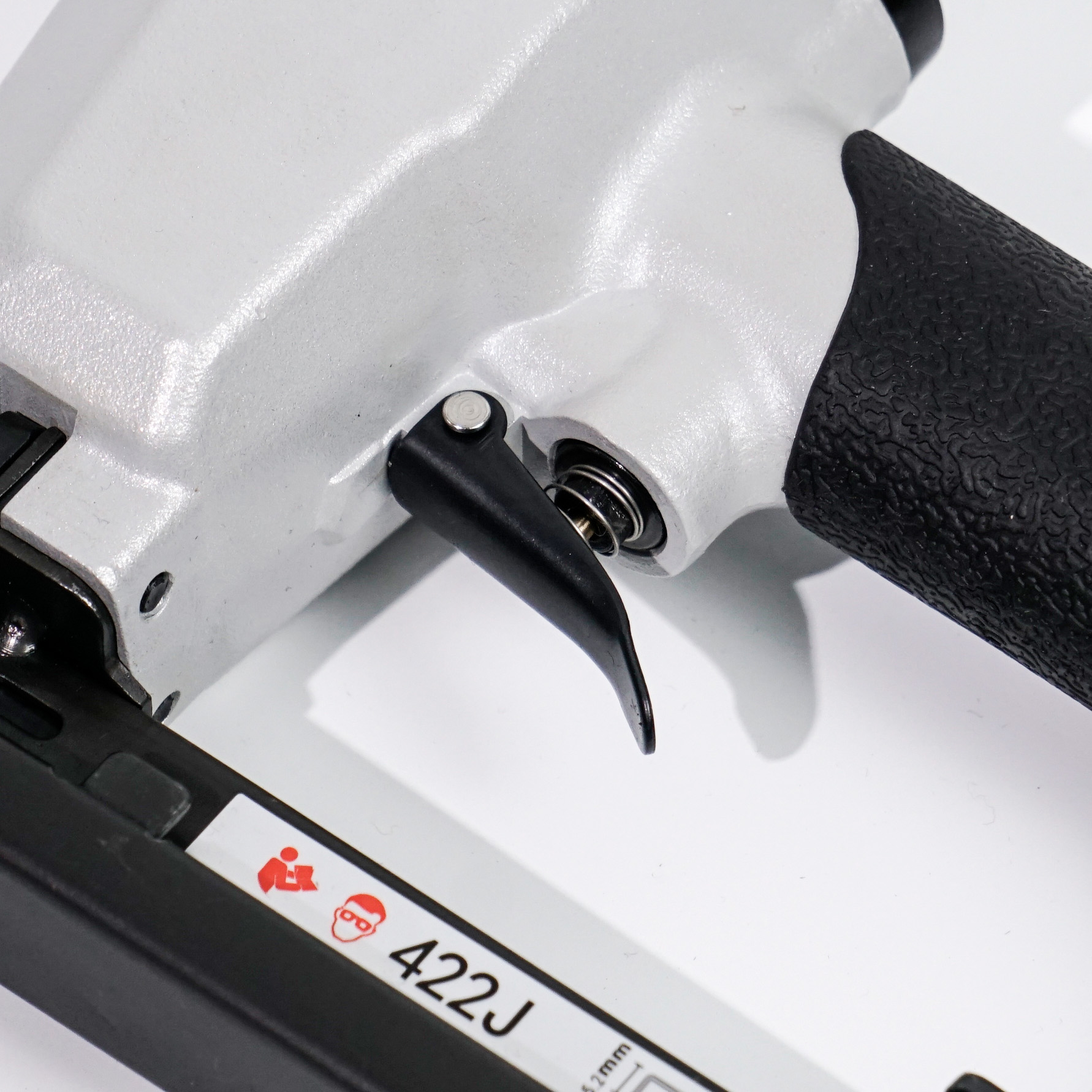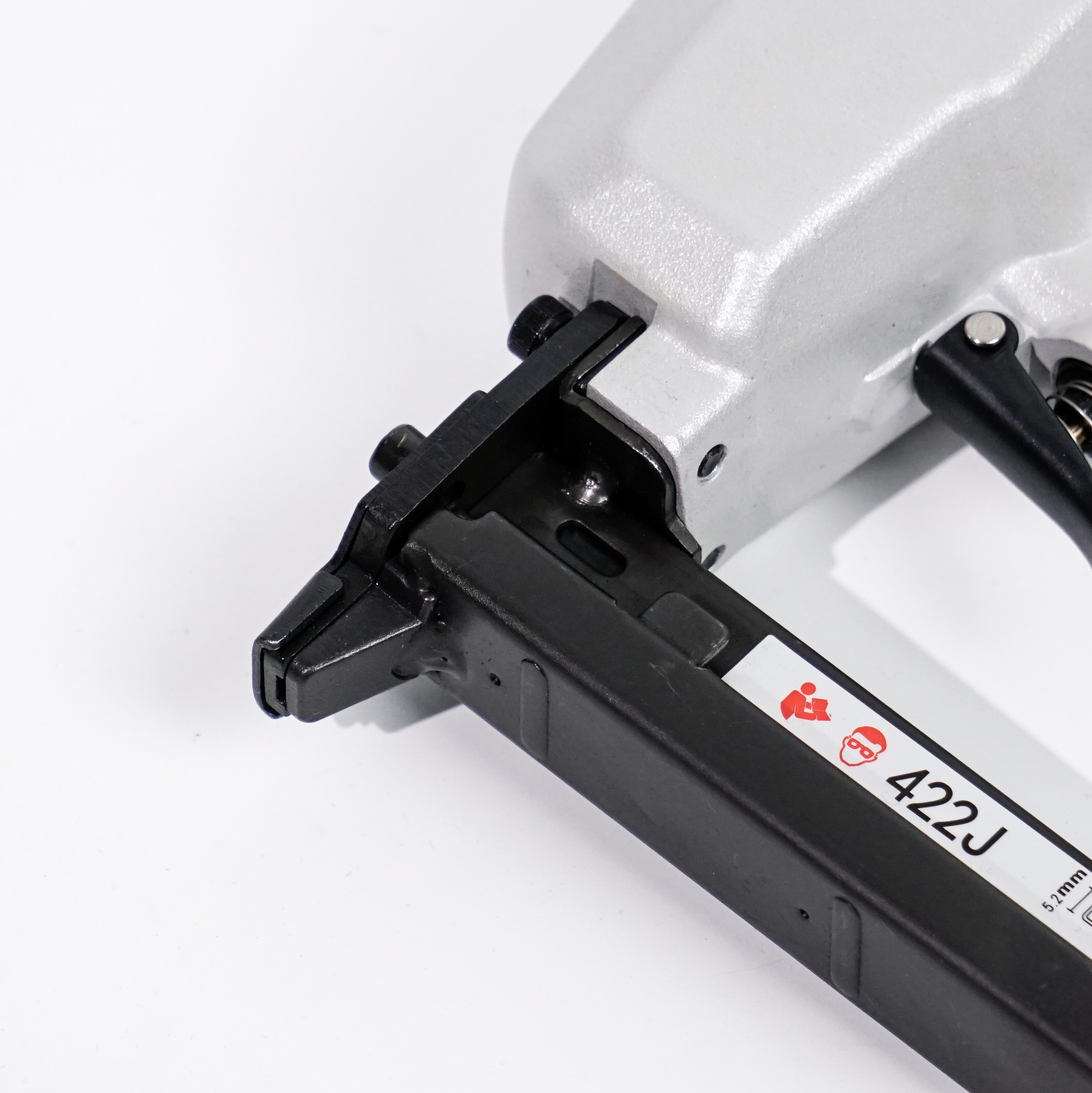Title: Are All Nail Guns Pneumatic? Types, Uses, and Industry Shifts

A common misconception among buyers is that all nail guns operate on compressed air. But the critical question remains: Are all nail guns pneumatic? While pneumatic tools dominate many job sites, advancements in technology have diversified nail gun designs. This article breaks down nail gun types, their applications, and why modern buyers need to rethink their toolkits.
Defining Pneumatic Nail Guns: Power and Precision
Pneumatic nail guns rely on compressed air to drive nails, making them a staple for high-volume projects like roofing or framing. These tools excel in speed and durability, firing 2-3 nails per second with minimal downtime. Contractors favor pneumatic nail guns for their consistent performance in construction efficiency, especially when paired with coil or strip magazines for rapid reloading.
However, pneumatic tools require air compressors, limiting portability. Innovations like lightweight composite materials have reduced tool weight by 25%, addressing ergonomic concerns for prolonged use.
Beyond Air Power: Cordless Nailers Enter the Arena
Not all nail guns are pneumatic. Cordless nailers, powered by lithium-ion batteries, now capture 35% of the global market. Brands like DeWalt and Milwaukee offer cordless nailers capable of driving 1,000 nails per charge—ideal for remote job sites lacking compressor access.
Key applications for cordless nailers include:
Trim work in finished interiors where noise reduction matters
Quick repairs without hauling heavy pneumatic tools
Outdoor projects like fencing, where mobility is critical

Specialized Nail Guns: Electric and Gas-Powered Options
Electric nail guns: Plug-in models suit light-duty tasks like upholstery or craft projects. Though slower than pneumatic nail guns, they eliminate compressor costs.
Gas-powered nailers: Combustion-driven tools, like Paslode’s models, blend portability with pneumatic-level power, preferred for roofing installations in off-grid areas.
A 2024 industry report shows electric and gas nail guns growing at 8% annually, driven by DIY trends and green construction mandates.
Pneumatic vs. Cordless: Choosing the Right Tool
| Factor | Pneumatic Nail Guns | Cordless Nailers |
|---|---|---|
| Power | Unmatched for dense materials | Improved, but lags on hardwood |
| Portability | Limited by hoses/compressors | Fully mobile |
| Cost | Lower upfront, higher setup | Higher initial, no compressor |
| Maintenance | Regular oiling required | Battery management |
For high-volume projects, pneumatic tools remain unbeatable. However, cordless nailers now handle 80% of residential tasks, per contractor surveys.
Industry Trends Reshaping Nail Gun Markets
Battery tech leap: 40V batteries enable cordless nailers to rival pneumatic speeds.
Smart nail guns: Sensors in pneumatic tools auto-adjust pressure for material density.
Sustainability: Recycled-material nail guns gain traction in EU markets.
E-commerce platforms report a 200% YoY rise in cordless nailer sales, signaling a shift toward flexible, multi-purpose tools.

How to Select Nail Guns for Your Needs
Project scale: Opt for pneumatic nail guns for daily heavy use; choose cordless nailers for intermittent tasks.
Nail type: Confirm compatibility (brad, finish, framing) across pneumatic tools and battery models.
Budget: Factor in long-term costs—compressors for pneumatic tools vs. battery replacements for cordless nailers.
Test tools with your common nails to avoid jams—critical for maintaining construction efficiency.
Conclusion: The Future Isn’t Just Pneumatic
While pneumatic nail guns still power large-scale construction, the rise of cordless nailers proves not all nail guns rely on air. Hybrid solutions and smarter designs will dominate, offering buyers tailored choices for high-volume projects or precision tasks. Understanding these options ensures you invest in tools that match evolving industry demands.

